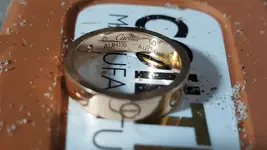I used both the WOT and larger SEF coils in the saltwater “a lot” and I can tell you from experience and “a lot” of experimenting that there are two main issues that will come into play once these larger coils are submerged in the saltwater environment.
First, because the coil is larger you will be introducing more mineralization into the search field, both above and below the coil, this in turn bringing about a condition that is going to require your machine processor to labor much harder as it attempts to maintain stability in the ground balance. Obviously, this processor is going to have to filter out “a lot” of increased mineralization and in doing so you will loose some sensitivity and depth, especially on smaller/finer gold items. This is just the nature of the technology being employed.
The second factor that is going to be vital is coil control because once we introduce all of this additional mineralization into the search field and force the processor to work much harder then every little error or inconsistency in our swing-path is going to be noticed and magnified. So absolute coil control is going to be vital when trying to maintain a stable hunting condition. And even when you achieve good coil control other inconsistencies, such as uneven bottom contours, wave action and currents are still going to effect the machine processor in much the same way as these are conditions it has to try to adjust for. Remember, not only is this larger search filed now loaded with increased mineralization but in the case of wave action, currents, and uneven bottoms this increased mineralization is also moving.
The point I'm trying to make is that, in all but the calmest of conditions, when we use these larger coils submerged in the saltwater it introduces a very labor intensive environment into the search field and this increased condition is ultimately passed on to the machine processor. The end result, by comparison? Well, and as OBN already pointed out, in all but the calmest of conditions, there were actually many-many times when I could achieve more depth and far greater sensitivity with the 8 inch coil because it introduced far less mineralization into the search field, and likewise, the processor didn't have to labor nearly as hard which allowed me to run that smaller coil really hot with great stability. So for the most part, and when submerged in all but the calmest of environments, these larger coils are strictly an increased surface coverage tool with limited depth capabilities. Not the same results over say, the wet sand, as in this environment the larger coil certainly has the advantage in both coverage area and depth. So if the water is fairly calm then these larger coils can be worth the effort, but if the water conditions/bottom are unstable or inconsistent then a smaller coil is likely to serve you much better advantage, less the surface coverage. Hope this helps.
 so I hope it goes well. . Here are some pix and thanks OBN.
so I hope it goes well. . Here are some pix and thanks OBN.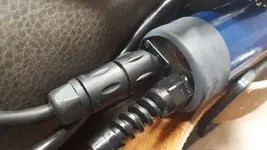
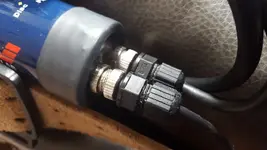
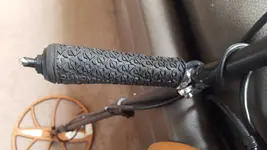
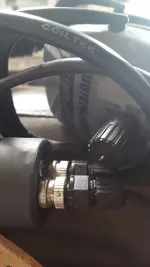
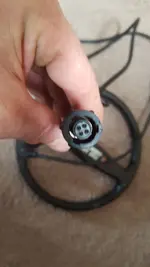
 so I hope it goes well. . Here are some pix and thanks OBN.
so I hope it goes well. . Here are some pix and thanks OBN.







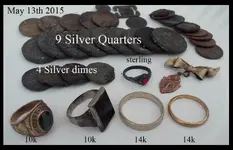
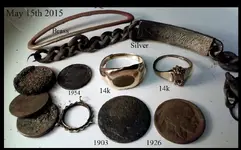
 If I was still in a beach environment I wouldn't hesitate to have him update my machine again. But, alas, I find myself stranded in the corn infested crossroads to nowhere again.
If I was still in a beach environment I wouldn't hesitate to have him update my machine again. But, alas, I find myself stranded in the corn infested crossroads to nowhere again. 
